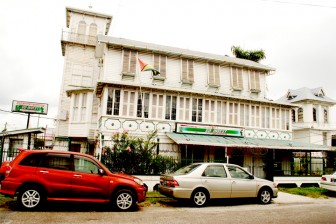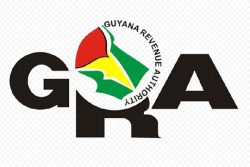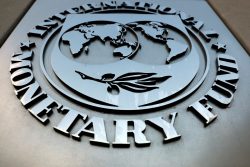Overall investments in the Guyana economy facilitated by the Guyana Office for Investment (Go-Invest) climbed steadily between 2009 and 2011, according to the organisation’s 2010-2011 report.
The report alludes to “an increased value of investments facilitated from, $22 billion in 2009 to $37 billion in 2010 and $49 billion in 2011, representing a 122 per cent increase over the two-year period. The report said the total investment value represented 509 projects in 2010, up from 473 in 2009. The number, however, fell to 370 projects last year, though the overall value of those projects increased. “The 7.6 per cent increase in projects in 2010 brought about a 46 per cent increase in job creation, equivalent to 2,905 new jobs. In 2011, 6,298 new jobs were created,” the report says.

According to the report, most of the new projects that came on stream in both 2010 and 2011 “were backed by overseas-based Guyanese.” In its report, Go-Invest says the figures “underscore the fact that Guyanese, both local and in the Diaspora recognise the potential that Guyana offers to the returns on their investment. Further, given the downside in the global economy, Guyana represents a relatively safe haven for their investment dollars and the outturn in 2010 and 2011 underscored the confidence of the business community in the outlook for the Guyana economy.
Meanwhile, the Go-Invest report says investment projects in 2010 and 2011 were located across the country’s ten administrative regions with most of the projects concentrated along the coastal belt. In 2010 and 2011, 34 per cent of investment projects were located in Region Four, though, according to the report, the two years witnessed “demonstrated interest in establishing new business areas in the hinterland communities”.
The report also says that more potential investors evinced an interest in investment undertakings outside the traditional sectors of mining, forestry and tourism and in emerging areas such as ICT and business services.
According to the report, Go-Invest has been aggressively encouraging investment in the hinterland regions in an effort to diversify the geographic spread of these projects and support the government’s economic strategy to develop those regions.
Accordingly, in 2010, 212 new projects were targeted to be established in Regions 1, 7, 8, 9 and 10. More than 67 per cent of this target was achieved, the report says.









